Have you tried learning a language using Rosetta Stone, Coursera, or the free online app DuoLingo? If you have, were you aware that you were learning using gamification?
All three of these educational tools use gamification, which uses gaming features—like rewards, leveling up, and quests—in non-game contexts to promote learning. Other features can include points, leaderboards, direct competitions, and stickers or badges.
Gamification in education is a relatively new phenomenon, only really being adopted in 2010. Today, it’s increasingly being used in education.
But it’s not just schools that are using gamification. It’s proven so popular lately that New York’s Public Library developed its own Find the Future interactive experience. The Metropolitan Museum of Art also has its own Murder at the Met game. Cisco, Deloitte, IBM, and even the healthcare system are at it to help change behaviors.
There’s a good reason why education, institutions, and even businesses are moving towards gamification. Studies have shown that gamification of education creates increased motivation and engagement and better learning among children.
Gamification in education
Social play is natural to humans. Gamification in classrooms or in educational activities—like reading—is a fun way to get children excited about learning and engaged in learning activities.
It isn’t about turning educational activities into games. Rather, the goal is to incorporate some of the gaming elements into activities to enhance learning. Game researcher Scott Nicholson claims that the key is using meaningful gamification, so children develop an internal motivation to learn or read.
Gamification in education usually adds three typical elements:
- A defined set of rules
- Clearly articulated goals
- A feedback system
- The freedom to fail and try again
Using those elements, gamification gives teachers and learners flexibility to add what is termed the “four freedoms” of gamification:
- the freedom to fail (failure is expected until new skills are learned: students don’t worry as much about it)
- the freedom to experiment (new avenues leading to self-directed learning)
- the freedom of effort (periods of high focus alternated with breaks)
- the freedom to assume different identities (role-playing, seeing the world through a different perspective)
These elements aren’t always found in traditional teaching methods. As a result, incorporating them in learning offers more flexibility for both the child and the teacher.
Gamification, or ‘serious games’ can motivate learners and help them focus on the content of learning and remember it for longer. It can help transform a dull learning experience into something they want to be a part of. The hope is that it fosters autonomous learning.
Students who fail to thrive in conventional education settings or who have been alienated by education could find more freedom—new engagement and interest—in the gamification of educational activities.
Fans of gamification in education say that, used in classrooms, it creates both intrinsic motivation (students participate because they’re having fun) and extrinsic motivation (they participate because they want to reach a goal or reward).
A well-constructed gamified activity should have both extrinsic and intrinsic motivators: children can first be motived extrinsically to ‘play’ and explore the new topic. Then, in the long term, this will hopefully lead to engagement by creating newfound enjoyment of the topic itself.
No F marks!
Inherently, games are fun when they’re voluntarily played. And games allow children to see things from different perspectives, and to solve problems more creatively.
Learning to fail is important for children as well as for adults. With gamification, children can fail without consequence (indeed, failure is expected) and try again, learning more with every fail until the ‘level up’ or reach their reward. In time, skills increase and tough tasks don’t seem so difficult after all.
Successful gamification:
- lets students have more control over their learning
- gives kids the freedom to fail and try again without negative consequences
- makes learning more fun and memorable
- gives students manageable tasks that enhance confidence
- inspires children to learn
- offers alternatives to traditional teaching styles
Reading and gamification
When it comes to reading, gamification may be an opportunity to engage a new generation of readers. Many children are already used to video games. They’re accustomed to the gamification of the apps they download on their phones. They understand the intrinsic rules of gaming.
When applied to reading, gamification can help children master new skills and achieve greater success because the activity is meaningful and linked to activities that are fun and effective.
Gamification isn’t meant to replace reading with games. On the contrary, it aims to change behaviors and create enjoyment of reading in a format kid are comfortable with. When it comes to reading activities in school, teachers can gamify their reading lesson:
- Instead of quizzes and tests, teachers can set challenges. For example, to achieve the quest (reading the book or chapter), children must take on a challenge (write an essay, put on a play, create a presentation). On Reading Rewards, children can participate in a class or schoolwide challenge.
- As they log reading on Reading Rewards, kids can earn RR miles, badges, and rewards and move up levels as they read.
- Readers can play in groups or ‘learning teams’ and read to each other or participate in reading activities together, earning their group more rewards. On Reading Rewards, they can exchange ideas on the class blog.
- Immediate feedback can be incorporated with questions, encouragement, and judgment-free positive feedback. On Reading Rewards, teachers can comment on their reading logs and book reviews.
- There’s no failure, just a chance to try again, try something else, or make different decisions.
Not everyone plays the same way, and not everyone learns the same way.
But gamification could probably play a big role as a pedagogical innovation in education, helping to reach more students whose learning styles aren’t an exact match with conventional teaching methods.

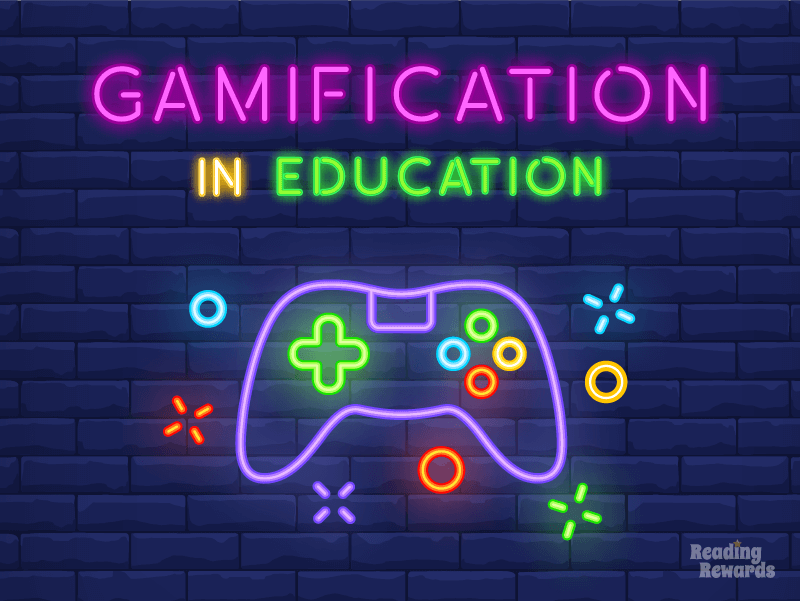
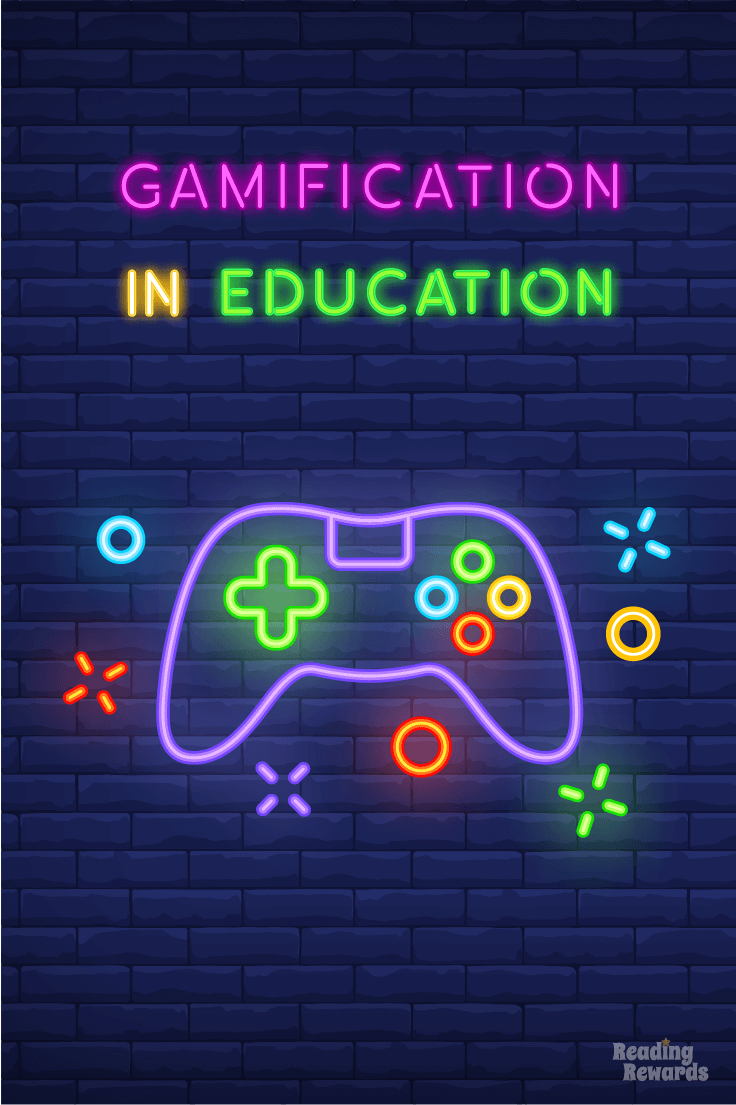

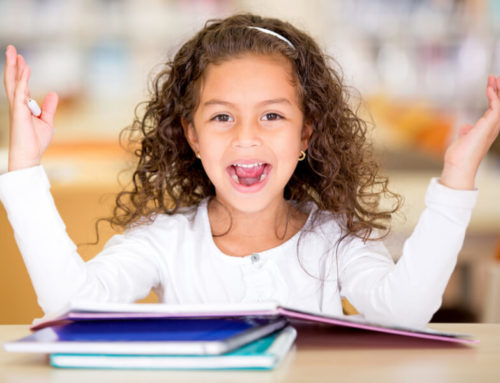
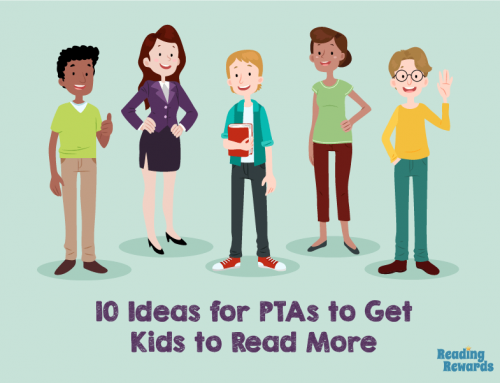

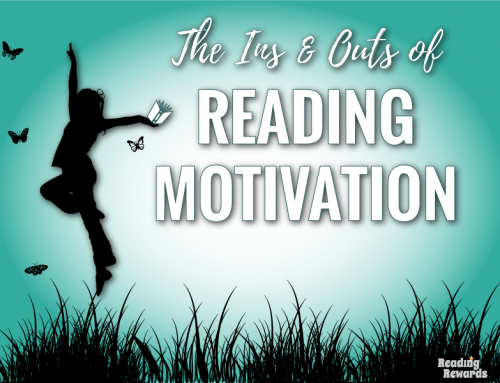
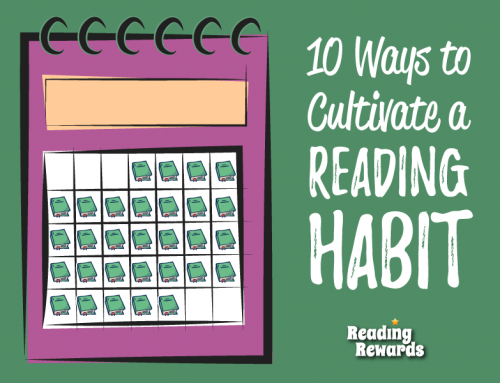
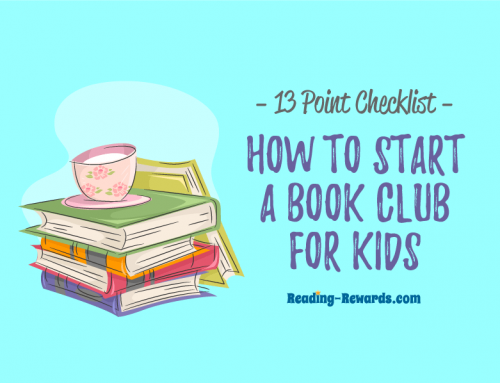
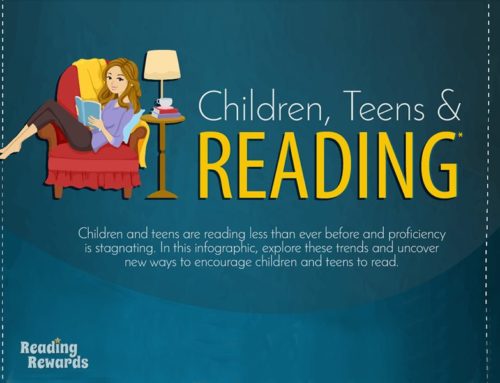
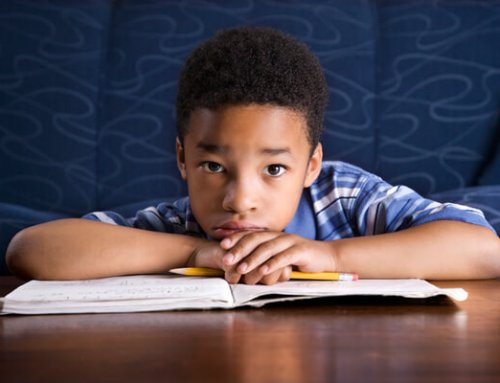
Leave A Comment